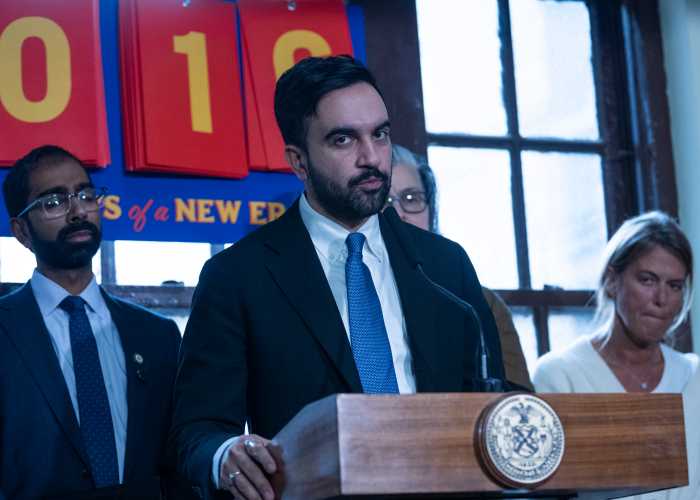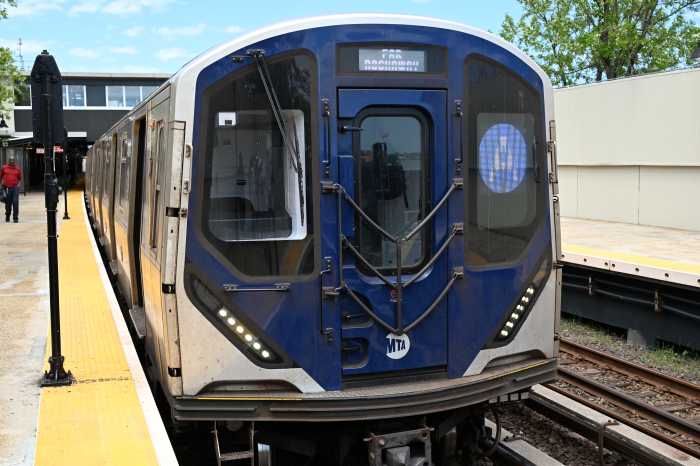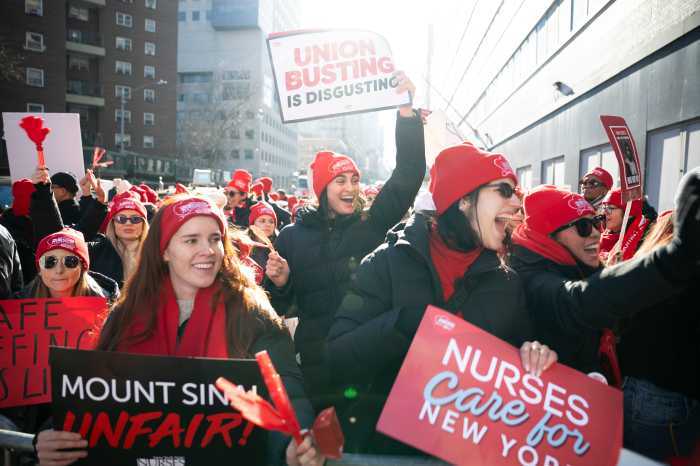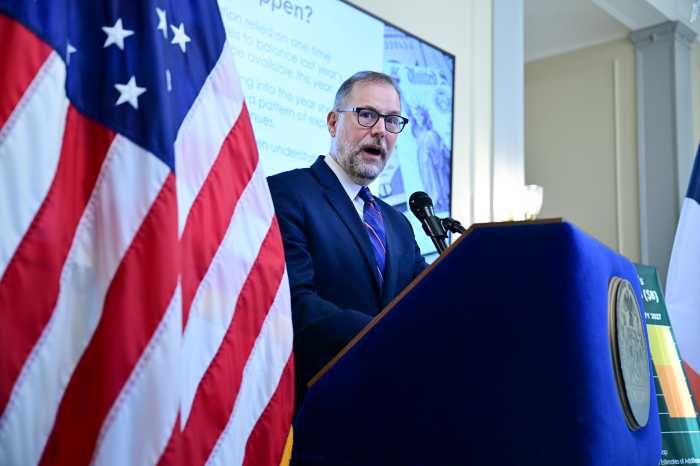Tens of thousands of health care workers in the city are crippled by poor transit options — and it’s costing them and their patients, according to a study released Wednesday.
The Center for an Urban Future’s report found that health care employees have a median commute time of 51.2 minutes, the longest median average for any private sector in New York. Their commute increased by almost 18 minutes between 1990 and 2015, compared to the three-minute jump experienced by other New York employees, the report said.
Jonathan Bowles, the executive director of the Center for an Urban Future, said the problem lies in the fact that over 318,000 health care employees live in the outer boroughs, and about one third of their employers are as far as eight blocks from a subway station.
“So many health care employees rely on buses to get to work. The problem is that the New York City bus system is totally inadequate,” he said in a news conference outside City Hall.
The report, which was funded by the nonprofit transit advocacy group TransitCenter, found that health care employees’ commuting woes are compounded by the fact that 65 percent of their workplaces — be it a medical facility or patient’s home — are in the outer boroughs and also far from subway stops.
Anna Couch-Superville, a home health aide from Staten Island, said the commute to her patient in Starrett City is over two and a half hours, and involves the ferry and multiple buses.
“These last few weeks, I’ve been getting [in] late to work because the buses are taking longer,” Couch-Superville said.
The report found that such transit-related tardiness has led to delays in care for patients, and in some cases staffing issues at medical centers.
Maria Castaneda, the secretary-treasurer of 1199 SEIU, the health care workers union, added that some employees were subject to suspensions and other disciplinary actions for their tardiness.
The city, which plays a role in managing the streets for bus service, used the report to hone in on the failing subways, effectively controlled by Gov. Andrew Cuomo.
“The state-and-MTA-run subway system is broken, and the state and MTA need to fix it,” said Jaclyn Rothenberg, a spokeswoman for the mayor.
The MTA said it is actively addressing the changing demands of its ridership.
“Improving the commute of every single New Yorker is our aim and our focus. That includes better bus service, advocating to get our buses through crippling congestion and the Subway Action Plan to immediately provide riders greater service reliability,” the agency said in a statement.
The study recommended the agency invest more in outer borough transit, and enact a form of congestion pricing to get more funding to fill those transit gaps.
City Councilman Ydanis Rodriguez, the chair of the transportation committee, agreed with those suggestions and pushed for more funding strategies to help outer borough commuters.
“I believe there are concrete suggestions on the table. I hope the state and the city can work together,” he said.







































